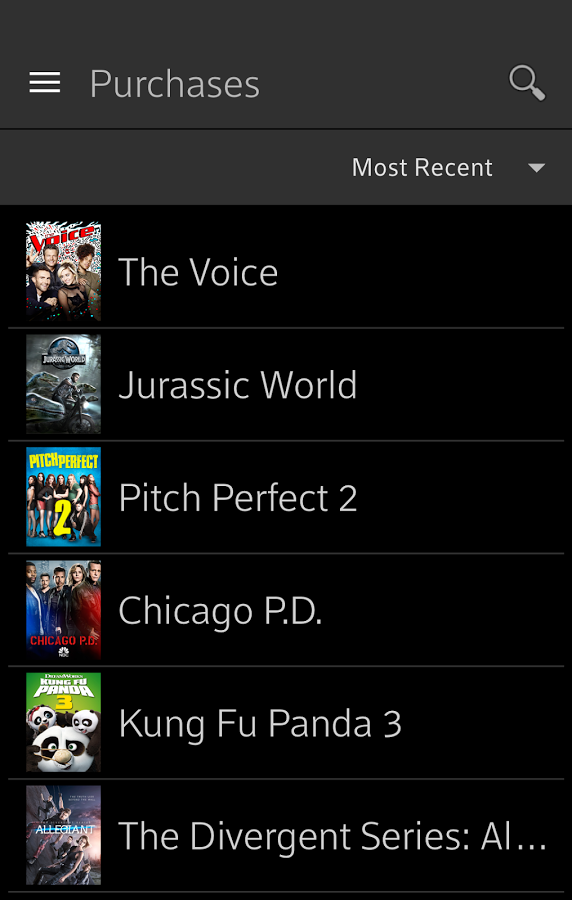Visual Basic Rule Of 72 Program Comcast


• • Introduction If you publish or share your software, or are just a neat freak and like to keep your disk clean, you will appreciate this utility to remove superfluous files. Visual Studio generates extra files which can be safely deleted because they are either automatically generated or are produced when you build your solution.
Oct 14, 2017. Posted 72 days ago. Position OverviewThe primary responsibility of the Sr. Product Manager is to build products and de.See this and similar jobs on LinkedIn.
This utility is based off of the CodeProject 'VS.NET Solution Cleaner' by Leonardo Paneque and borrows some behavior from 'Wise Cleaner'. VstudioCleaner is basically a file and directory search engine which presents the results for deletion. The search 'filters' can be changed. Groups of filter settings can be associated with 'bookmarks' for quick recall. My personal hang ups with other applications are the inverse of the following features I offer and guidelines I try to adhere to when creating software.
• All dialogs should allow resizing (and look good when size is increased) • Avoid modal dialogs • List/tables should support column sorting and multiple selection • Drag and Drop (though this app has no specialized implementation) • Export - make it easy to export information in a simple form (Text or CSV) • Remember configuration changes • Ideally the program should be a single executable This program is more than just a Visual Studio cleaner because the filters are expandable. You can create your own set of filters and bind them to a bookmark for easy recall. You can use it to cleanup your browser droppings.
How To Use To use VStudioCleaner, you need to set the search Path to one or more directories and select one or more filters. The search 'path' can be set by either typing in the path, cut & paste a path or using the Path. Button to browse and select a path. If you need to specify multiple paths, you cannot use the Path. Button because it does not append, it only knows how to set the search path. Multiple directory (folder) paths are specified by separating them by semicolon, as in: c: dir1;c: dir2 subdir1;d; dir3 subdir2;e: You set your filters by either 'checking' or 'unchecking' the built-in filters or by adding your own filters.
Once the search 'Path' and 'Filters' are set, press the 'Locate' button to build up a list of files and directories. The resulting list will appear in its own dialog. You can sort the various columns (why, directory, file, extension, size) and right-click to remove files from the list. The right-click remove action only removes the names from the list, it does not remove anything from your computer. Aquabrome Brominator Manual Meat.
Once you have your list of files pruned down to those you want to delete from your computer, you can press the 'delete' button. There is a try/catch block around the deletion. See code lines 966-981 in FileScan.cs If an exception occurs when a file or directory is deleted, it will be caught and the line in the list view will change color to RED and include the exception error message. When all of the deletions have completed, what is left should be RED and include the exception error messages. If you are not seeing any errors, then C# thinks the deletion has completed. You may have to resize the list view to see the full exception error message.